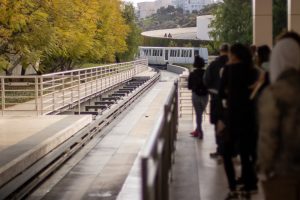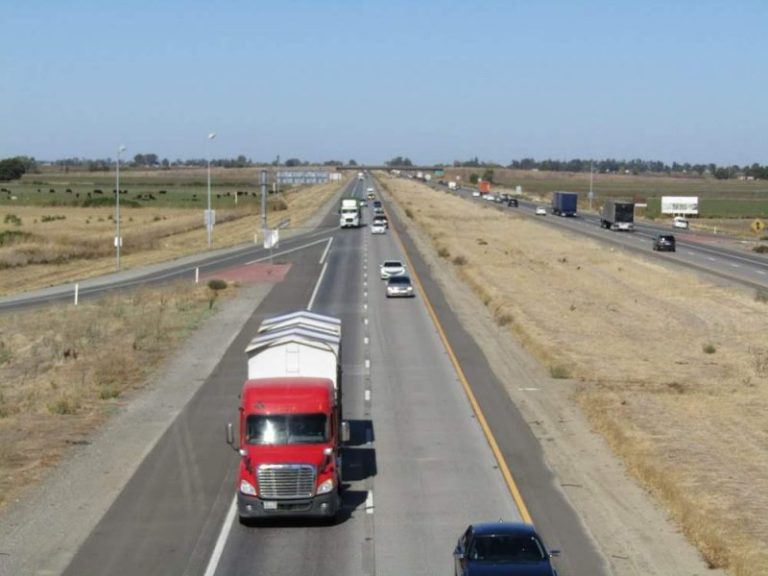Understanding Mass Transit Personal Injuries
Public transportation is an immense boon for people of all walks of life across America, yet the system isn’t perfect. Over 8,000 people sustain transit-related injuries every year, and as such, it’s vital that anyone who uses mass transit systems knows how to respond to an unexpected injury while traveling or commuting.
How Mass Transit Injuries Happen
Despite extensive transit safety regulations, injuries can and do still happen during mass transit, usually via the negligence of owners, operators, passengers, or government entities; very few mass transit injuries are truly unavoidable or unattributable to anything but nature:
- Operator negligence, whether due to inattention, drowsiness, or other impairments.
- Faulty or poorly maintained components, vehicles, rails, roads, areas, and systems, especially with slip and fall accidents.
- A lack of safety equipment such as airbags, seat belts, and similar protections.
- Errors in dispatching, routing, or other such administrative responsibilities.
- Lack of qualified, experienced, and effective security or staff.
- Generally lacking supervision, adherence to safety guidelines, and training.
Regardless of the cause, most serious mass transit injuries are valid grounds for a personal injury claim, provided that you are not exclusively to blame (even if you’re partly to blame, you can still recover a diminished amount under comparative fault laws).
How to Respond to an Arizona Mass Transit Injury

If you witness someone else being injured while using a mass transit system, stay calm—make sure they’re alright, get them medical treatment as needed, and then remain in the area to provide a statement if possible. These affairs are reasonably simple for bystanders, as they need only take reasonable steps to help the victim.
If you’ve been injured yourself, however, things grow more complex; there are multiple steps you’ll need to take to insure your physical, legal, and financial well being:
- First aid comes first. The well being of any injured person, no matter the context, always comes above the legal process, so be sure that anyone who needs it is taken to the hospital if needed. If it’s not an emergency, you should still see a doctor as soon as possible to receive a full examination.
- Gather evidence and testimonies. The more evidence you have of the accident, its causes, and any injuries, losses, or other damages it resulted in, the stronger your case for compensation will be. You can’t recover damages that you haven’t proven, so be sure to be as comprehensive and thorough as possible; in particular, gathering eyewitness testimonies is a great way to corroborate your claims.
- Report and document the accident. You should make sure an official knows the accident occurred, whether they be an owner, operator, or police officer; make sure you walk away with some form of documentation of the injury happening on the transit system, such as a police report. Mass transit injuries are usually easy to prove, as most transit systems have security cameras and plenty of witnesses around to give testimonies.
- Talk to an Arizona personal injury attorney. Even among mass transit accidents, each individual case tends to vary extensively; only a legal professional can tell you everything you need to know. Call us today at (623) 321-0566 to schedule a free consultation, and get the help of someone with the experience and resources necessary to secure you the compensation you rightly deserve.
Law News Feed
All NewsWho Is Liable for Damages After a Truck Accident?
According to information from the National Highway Traffic Safety Association, more than 2,500 truck accidents occur each year in Arizona. It goes without sayin…
Common Injuries After a Motorcycle Accident
Motorcycle accidents kill or severely injure individuals more frequently than any other type of crash, resulting in immense amounts of suffering and financial d…

